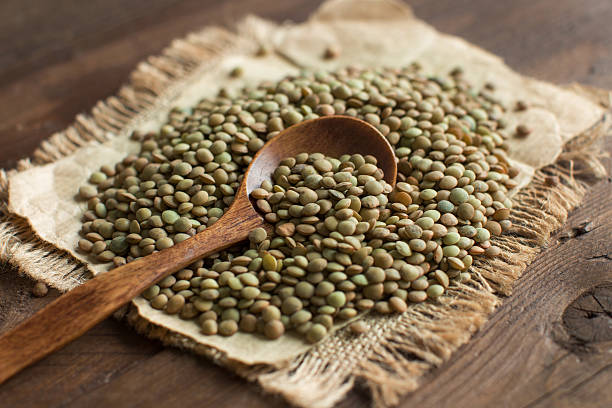Lentils have been part of diets across the world for thousands of years; they are one of the earliest crops that we domesticated. Lentils come in many forms, but the most common types found in the U.S. are brown, green, red, and black lentils. They are also very affordable when purchased dried and cooked at home.
Small but Mighty
Lentils are full of nutrients. They are a good source of many vitamins and minerals, particularly folate and iron, which are two important nutrients that your body needs to make new blood and prevent anemia. Lentils are also a good source of fiber and plant-based protein. They are naturally gluten-free, making them a good option for those practicing a gluten-free diet.
Consuming more fiber has been shown to decrease risk of cardiovascular disease and help to manage blood sugar. Fiber is also important for your digestion, helping to keep you regular in the bathroom.
Lentils are a great plant-based protein option. Combined with a whole grain, they act as the protein equivalent of animal proteins, meaning they provide all of the required materials for your body to use for its maintenance.
How to Use Lentils
You can soak lentils for an hour before cooking to make the process go faster, but they can be cooked directly from dry. Cook lentils until they are tender enough to squish with your fingers to ensure they are fully done.
Some recipe ideas:
Lentils can be a great meat substitute, like in this Vegetarian Lentil Bolognese.
Add lentils to soups for extra protein, fiber, and texture.
Try lentils in a salad to help make it more filling.
Lentils can also be used as the base for falafel or meatballs.
Written by:
Sabrina Smith
Dietetic Intern


